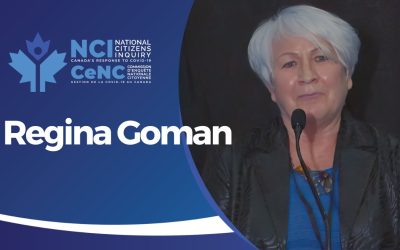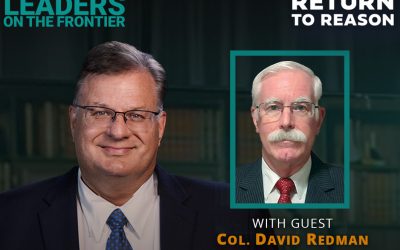So let’s face it – the Liberal government cut a deal with the B.C. Government Employees Union (the same union that votes for and actively supports the government’s opposition) and thereby broke a cardinal rule of smart politics: don’t deliver favours to your political opponents at the cost of your core supporters. There are many things that can be said about this deal but double-crossing small business owners was just plain stupid on a political level.
Entrepreneurs invested their money in new private liquor stores on the Liberal promise that government-run liquor stores were soon to be history. They’ve now been run over by Liberals MLAs who don’t understand they were elected to try and restore prosperity to B.C. by not undermining business confidence. Instead, the Liberals have sent an unmistakable signal to wealth creators that B.C. is still a highly risky province in which to invest money and in large measure because of the governments.
But that flip-flop is now the reality. For fun, let’s review the disinformation campaign promulgated by the forces that had the most to gain by killing privatization and that seemed to scare some nervous Nelly types in the Liberal caucus. Back in January, the B.C. Government Employees Union released their comparison of liquor prices in Alberta and B.C. and argued that the prices were higher in Alberta than at the government-run stores in B.C.
The claim was based on — wait for it — a mere fifteen comparisons between one Alberta liquor store chain and BC Liquor Stores; the word “cherry-picked” is rather applicable to the BCGEU comparison. In contrast, I did two in-depth price comparisons last year of prices in the two provinces. The first comparison was numerically extensive: out of 1,845 products that could be found at two Alberta chains and BC’s government stores, over 82 percent of beer, wine and spirits could be found cheaper in Alberta and after looking at just two chains never mind even other competitors.
The second comparison I made involved 166 products that could be found at 100 stores in Alberta and also at B.C. liquor stores. As might be expected, with more stores compared, an even higher percentage 90 percent of products were cheaper in Alberta. Prices are lower in Alberta for two reasons: one is taxes, but just as important is competition. Alberta has as many liquor stores as does B.C., but none of them have a quasi-monopolistic grip on the marketplace as do the government-owned stores in B.C. In addition, Alberta has a million fewer people than B.C. so Alberta’s liquor stores must more fiercely compete on price, selection and service in comparison.
Another canard spun by liquor privatization opponents in this debate has been that the B.C. government would lose revenues from liquor sales. Wrong. Contrary to the bogus claims of public sector unions. Revenues from the liquor business in Alberta were $402 million in the year before privatization and will be $545 million this year.
One of the strongest argument against privatized liquor stores, at least in the mind of opponents, are the arguments over potential crime, say, impaired driving offences and liquor store robberies. However, in my conversations with Edmonton and Calgary police, they both emphasized one should not place too much weight on impaired driving offences as to whether privatization was a good idea or not. The fact that in one year Alberta has higher impaired driving offences per 100,000 people can be due to many factors. It might be that people drive drunk more often in Alberta, or, it might not. The police spokespeople I talked with said such statistics vary annually (sometimes greatly) and that statistics on impaired driving are often more reflective of targeted enforcement efforts as opposed to other factors. In other words, Alberta’s police may have more frequent roadblocks and thus catch more people.
The same caution should be used when interpreting liquor store robberies. Privatization opponents have argued that the number of liquor store robberies went up in Alberta after privatization. But as the Calgary Police Services note, “raw numbers should be converted to rates in order to compare them through time.”
Why is this important? Because before privatization, there were 24 liquor stores in Calgary and 201 post-privatization. To look at the number of crimes without comparing them to the increased number of stores is like looking at the increase in raw numbers of crimes in Victoria in 2000 compared to 1900 and forgetting that the population has grown significantly in the past century. Criminal code violations around Calgary liquor stores increased four-fold between 1992 and 2000, but the number of stores increased eight-fold. In other words, the rate of crimes per 100 stores fell. We expect crimes to increase when populations grow, which is why the critical statistical number is the rate, not merely the raw data.
When German Chancellor Otto von Bismarck came up with the idea of the welfare state in the late 19th century, it was for such sensible items such as old-age pensions and welfare. Now, defenders of the government-must-run-everything-it-currently-does school, which now apparently included a majority of the Liberal caucus, apparently defend the role of the state in selling six-packs despite the obvious case against it.
Mark Milke was the former B.C. director with the Canadian Taxpayers Federation. He is author of Tax Me I’m Canadian Your Money and How Politicians Spend It.


